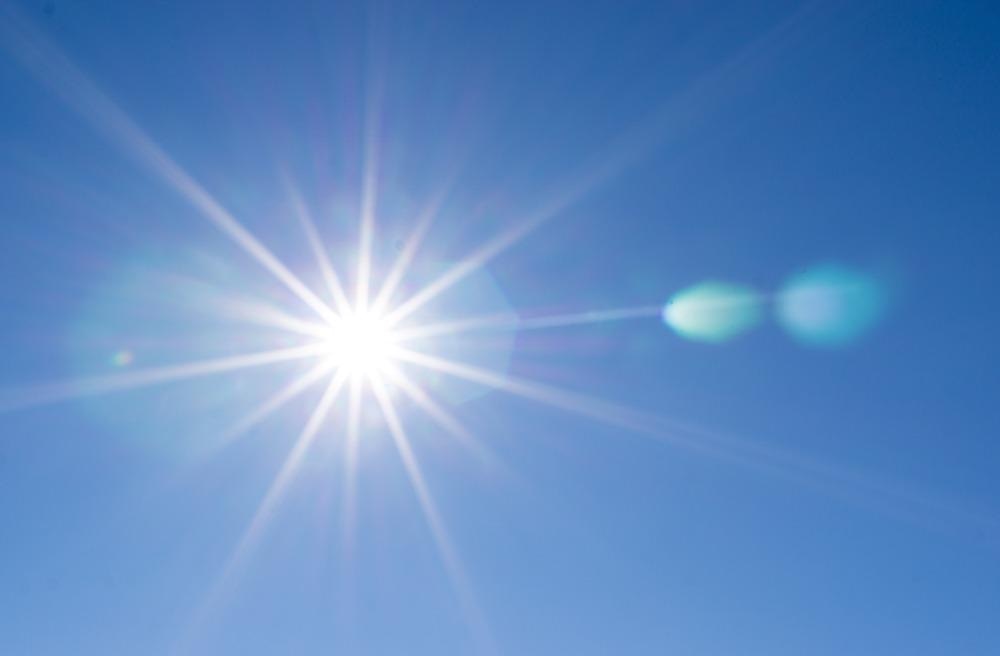Researchers have published an article in the journal ACS Applied Nano Materials demonstrating the efficiency of a novel system comprising mushroom-like micro/nanostructured graphene nanosheets/copper sulfide nanowires (graphene/Cu7S4) on Cu foam with Janus-type wettability.

Study: Mushroom-like Graphene Nanosheets/Copper Sulfide Nanowires Foam with Janus-Type Wettability for Solar Steam Generation. Image Credit: Robert Faritsch/Shutterstock.com
Solar Water Evaporation for Water Filtration
Clean water shortage has become a severe impediment to economic growth and a hazard to existence. As a result, numerous water purification methods, such as ion exchange and membrane filtration, have been devised to ease worldwide freshwater constraints.
Solar water evaporation has recently received a lot of interest for wastewater remediation and saltwater distillation since it offers a viable, cost-effective, and ecological way to get fresh water. As a result, considerable effort has been expended in designing an enhanced solar steam production system with high performance through the functionalization of photodynamic and thermally active nanomaterials and evaporators.
Implementation of Gold and Carbon for Solar Water Evaporation
Due to the surface plasmon resonance phenomenon, gold nanoparticles (AuNPs) have been widely used for efficient solar evaporation. However, the actual uses of gold nanoparticles are constrained by their significant expense, unavailability, and complicated processing methods.
Owing to their cheap cost, excellent stability, and good photocatalytic activity efficiency, carbon-based nanomaterials such as activated charcoal, graphene, carbon black, and carbon nanotubes have increasingly been used as appropriate alternative substances for solar water evaporation.
Importance of Graphene
Graphene, a carbon compound with exceptional photothermal capability, is projected to become a suitable contender for solar-driven water evaporation and desalination. Graphene is projected to change various scientific disciplines and lead to widespread uses due to its unique properties and advantages.
Graphene's hexagonal crystalline lattice shape features a zero-energy bandgap. Graphene's unique features make it a promising contender for flexible and stretchable electronics, biosensors, metal-oxide-semiconductor circuits, and nanotechnology techniques.
Advantages of the Novel Technique
The novel system utilizes nanostructured graphene sheets and copper sulfide with Janus-type hydrophilicity due to in-situ Cu polyimide oxidizing and precipitation transformation followed by dip-coating which involved overlaying graphene nanosheets on the exterior surface of Cu7S4 nanowires.
Graphene nanosheets are hydrophobic for optical absorption and water vaporization, but Cu7S4 foam nanowires are hydrophilic for the water system and heat insulation. Solar evaporation is effective and steady even when working in high concentrated brine due to significant capillary forces force and a salt-rejecting impact. As a result, as water vaporizes, the salt solution does not concentrate on the exterior of the graphene nanosheets, allowing them to retain their light-absorbing capacity.
An atomizer with a structured micro/nanostructure and Janus-type hydrophilicity would generate effective solar energy vapors for concentrated sunlight purification.
Result Findings and Discussions
Copper foam served as both a reagent and a foundation in the creation of the nanostructured foam. SEM revealed that Cu foam has a 3D open framework with a particle size of 302 ± 10 μm. The TEM micrography of mushroom-like graphene/Cu7S4 foam revealed a one-dimensional (D) nanomaterial with homogenous Cu and S atom compositional concentrations, which was compatible with the SEM picture.
In general, the pore structure of the foam promotes absorptivity while decreasing visual dispersion. Over the whole solar spectrum, blank Cu foam had typical absorptions of 97, 95, 94, and 67 percent, respectively. Owing to the addition of moisture light reflectance was reduced, the dry graphene/Cu7S4 foam only displayed average absorptions of 90%.
The warmth of the graphene/Cu7S4 foam grew quickly with sun exposure, reaching an average temperature of roughly 89.9 °C, showing a significant photodynamic transformation.
The exterior temperature of the graphene/Cu7S4 foam was steady up to roughly 50 °C with sun irradiation, whereas the temperatures of bulk water at the bottom were only 30 °C, demonstrating that the graphene/Cu7S4 foam was constant. Under sun irradiation, a rate of evaporation of 2.78 kg m-2 h-1 was attained for graphene/Cu7S4 foam, which was 4.08 times greater than that for clean water evaporation.
In brief, because of its low-cost solution method and high photodynamic effectiveness, solar steam production has a variety of potential uses in both water desalination and filtration.
Reference
Ziyan Z. et. al. (2022) Mushroom-like Graphene Nanosheets/Copper Sulfide Nanowires Foam with Janus-Type Wettability for Solar Steam Generation. ACS Applied Nano Materials. Available at: https://pubs.acs.org/doi/10.1021/acsanm.1c04522
Disclaimer: The views expressed here are those of the author expressed in their private capacity and do not necessarily represent the views of AZoM.com Limited T/A AZoNetwork the owner and operator of this website. This disclaimer forms part of the Terms and conditions of use of this website.